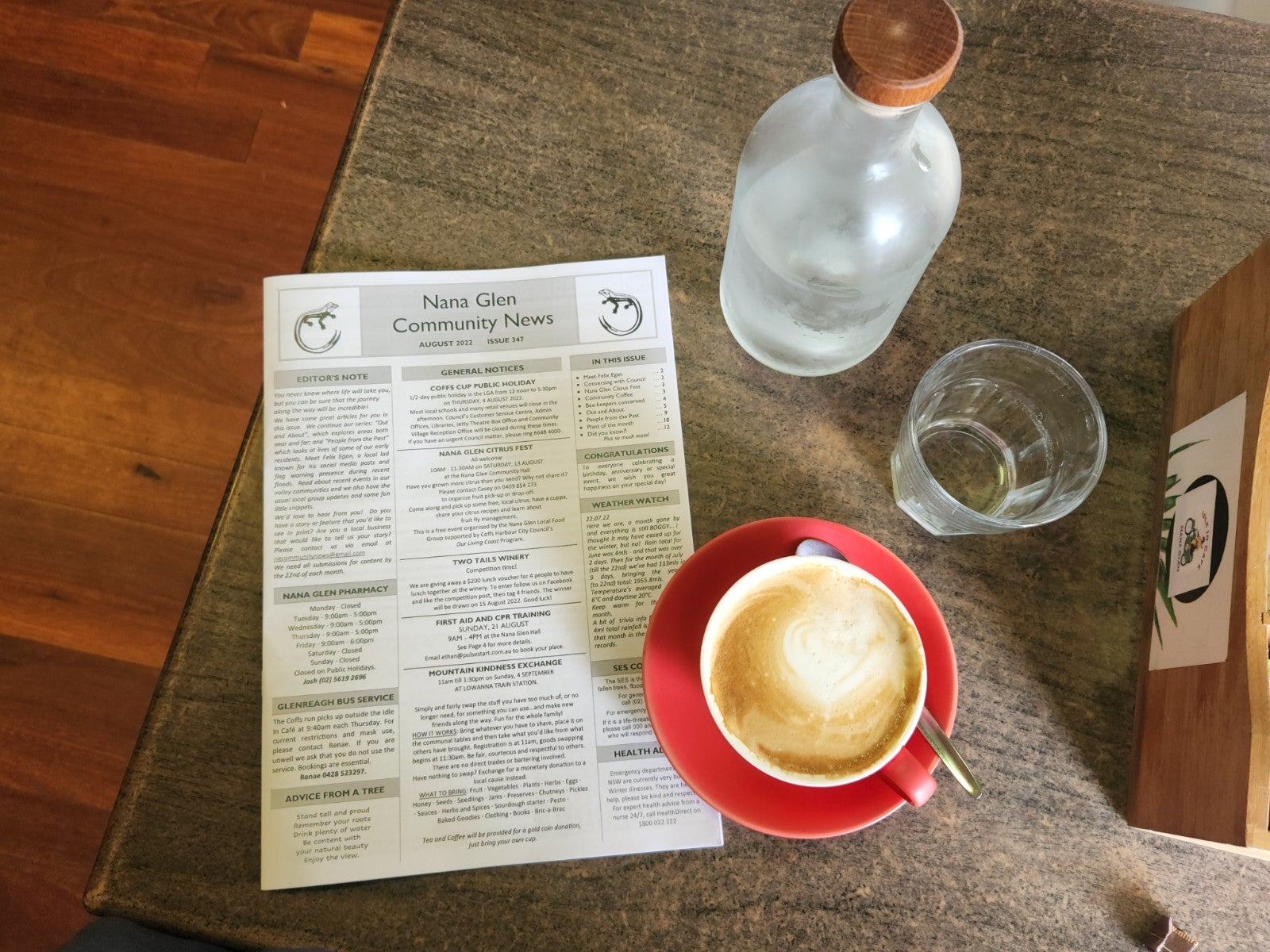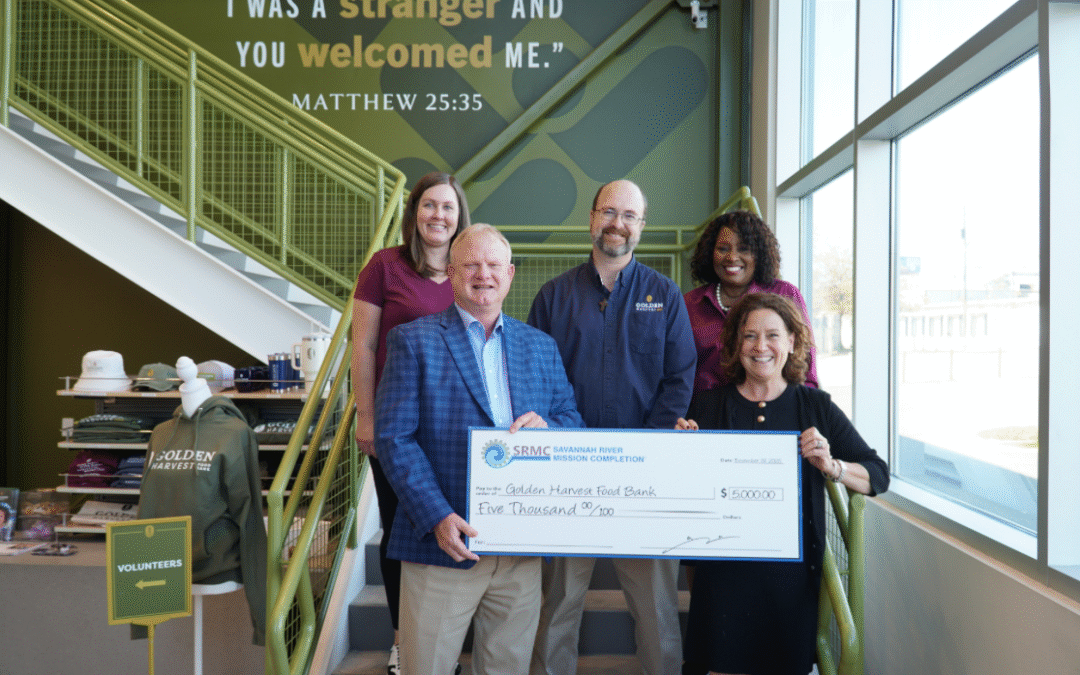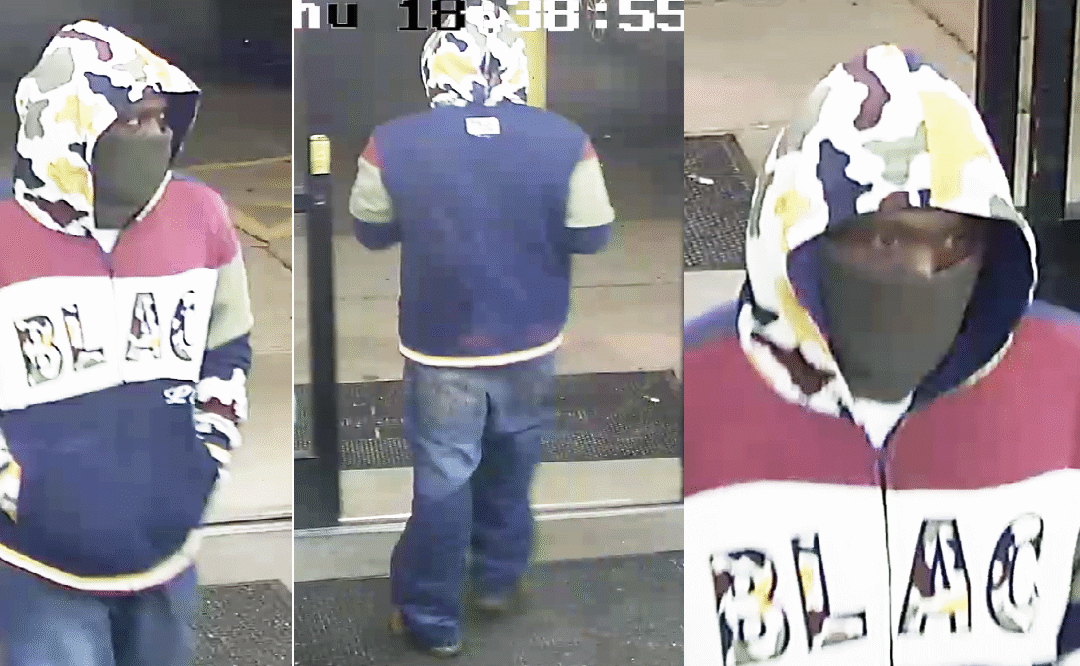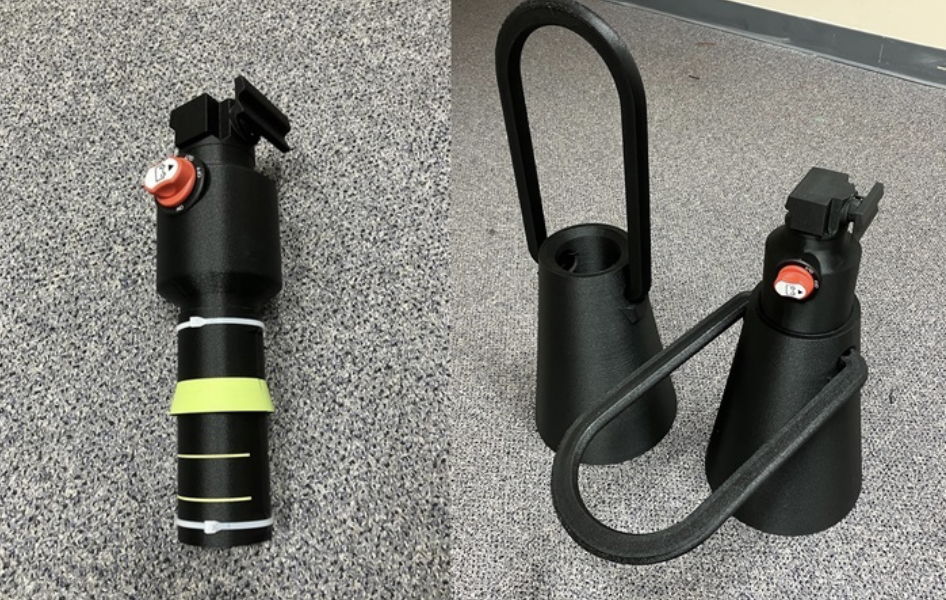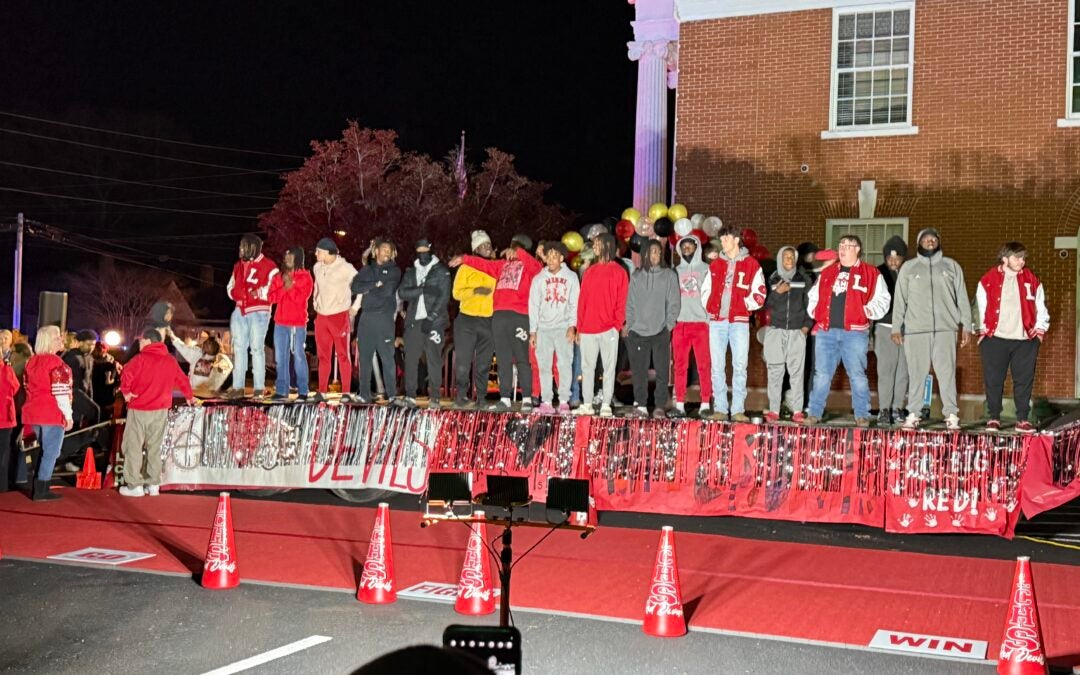Editor’s Note: This is the third story in a series by reporter Dana Lynn McIntyre focusing on her visit to Australia
At the beginning of 2020 much of the world was beginning to feel the effects of the COVID-19 pandemic. But in much of eastern New South Wales, Australia, the focus remained on the bushfires that had been raging since late in 2019.
Near Coffs Harbour, a coastal town about 350 miles north of Sydney, in and around the small village of Nana Glen, fire crews, residents and businesses were still focused on clean up and recovery.
“When we got here it was spotting back through. My house is just across the river there. Was spotting, spotting back through there. We had National Parks crews, nice Land Cruisers with water on the back, just running around in there putting out spot fires. So yeah, very lucky,” said Chief Glenn Locke of the Nana Glen Rural Fire Brigade.
MORE: Adventures Down Under: An introduction
At the time of the bushfires in late 2019 and into early 2020 Locke was senior deputy to then-chief John Larder. Locke estimated he spent upwards of 400 hours working the fires, from battling flames through to clean up.
Many of those hours were spent on Ellems Quarry Road. It was part of the Liberation Trail fire, one of the most destructive bushfires.
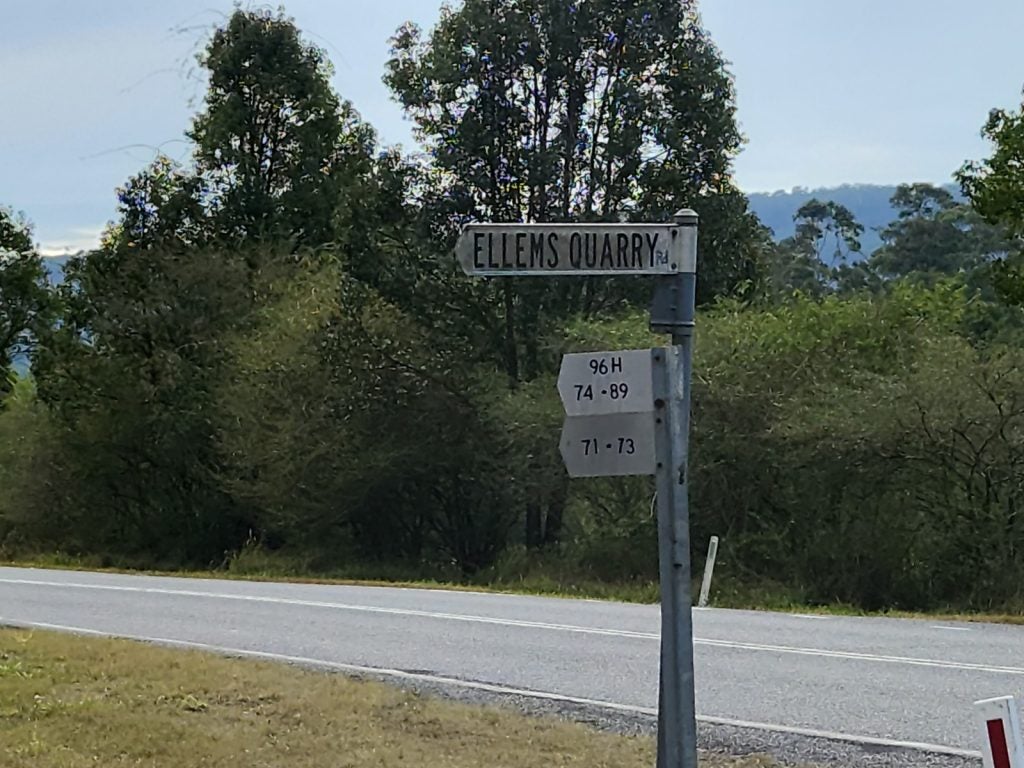
In the path of that fire was the home of Ian Watson, artist and sculptor, who lives along Ellems Quarry Road. His home is gone but he survived. He evacuated before the flames engulfed his property.
“See, the smart thing to do is not be there. Which I took,” he said. “There’s no stroke of luck or divine intervention. Don’t hang on. God, if you’ve lost everything you’ve lost everything. You know, I’ve got memories. Not enough. S— I break into tears when I think what I could have carried out and I didn’t.”
Watson’s focus now is building a new home. Its location on the property is staked out.
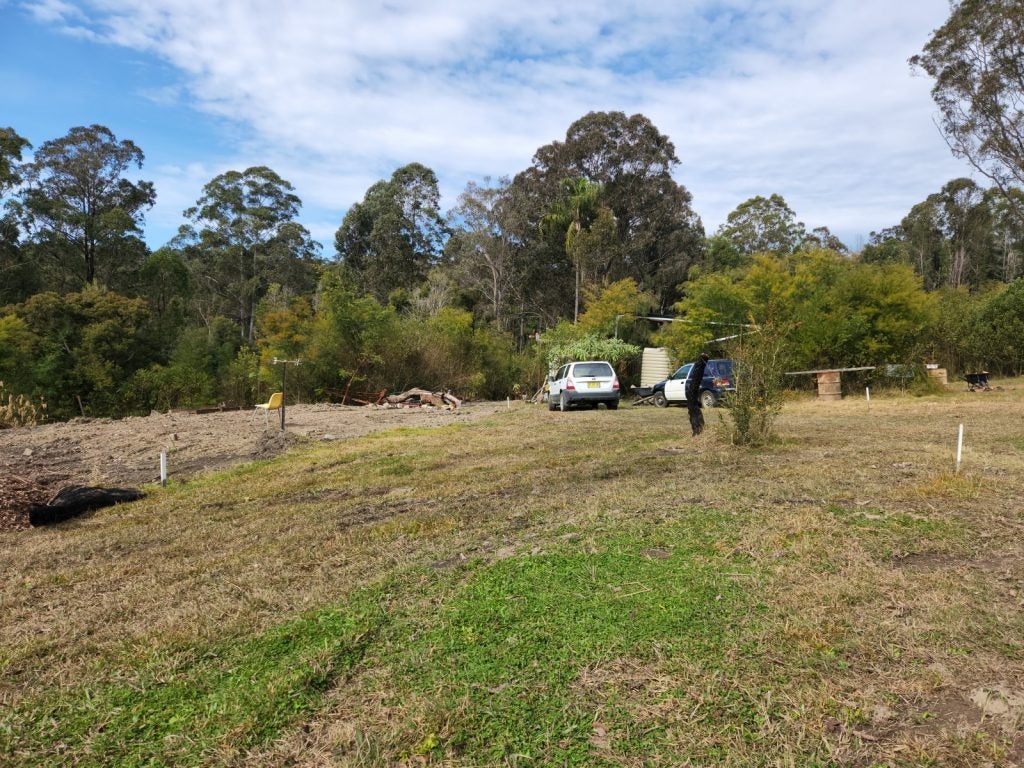
“It is going to be built according to the best specifics that I can garner from government,” he said. “I don’t want to build out of timber. The house is going to be 99% non-timber.”
In August 2022, piles of burned debris and singed tree trunks still dot the land as reminders of the fires that burned so destructively.
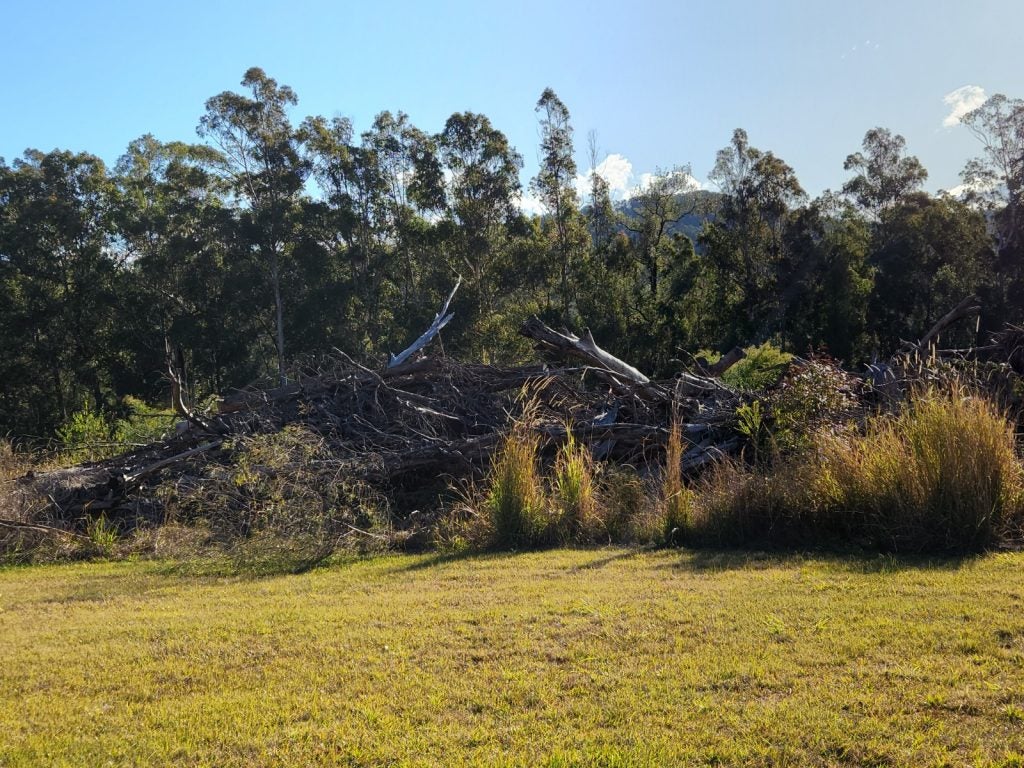
The impact of a different threat is less noticeable.
Cases of SARS-CoV-2 were growing in large cities in Australia but was not having as great an impact in areas like the Coffs Coast region, including Nana Glen. The early days of COVID-19 didn’t have much impact on them because they are small communities, rural and widely spread.
Alison Johnson, owner of the Idle In Cafe in Nana Glen, said larger cities like Sydney or Brisbane were in hard lockdown. Then the Australian government changed its lockdown procedures, loosening some of them on the largest cities but imposing uniform lockdown rules nationwide.
However, Johnson said, some people in the largest cities use the opportunity to leave the cities and spread out to the less populated regions.
“We didn’t have it physically here, we didn’t really have any cases in northern New South Wales so we were still open here,” she said. “The hard part was when they let Sydney loose. So, we got it much later than some of the capital cities.”
“Everything just went crazy here and people were leaving the cities because they were locked down and couldn’t go anywhere,” said Locke. “There was one big hard lock down towards the end of it when sort of Delta was getting around and there weren’t many people vaccinated. But we just couldn’t leave Coffs Harbour Shire.”
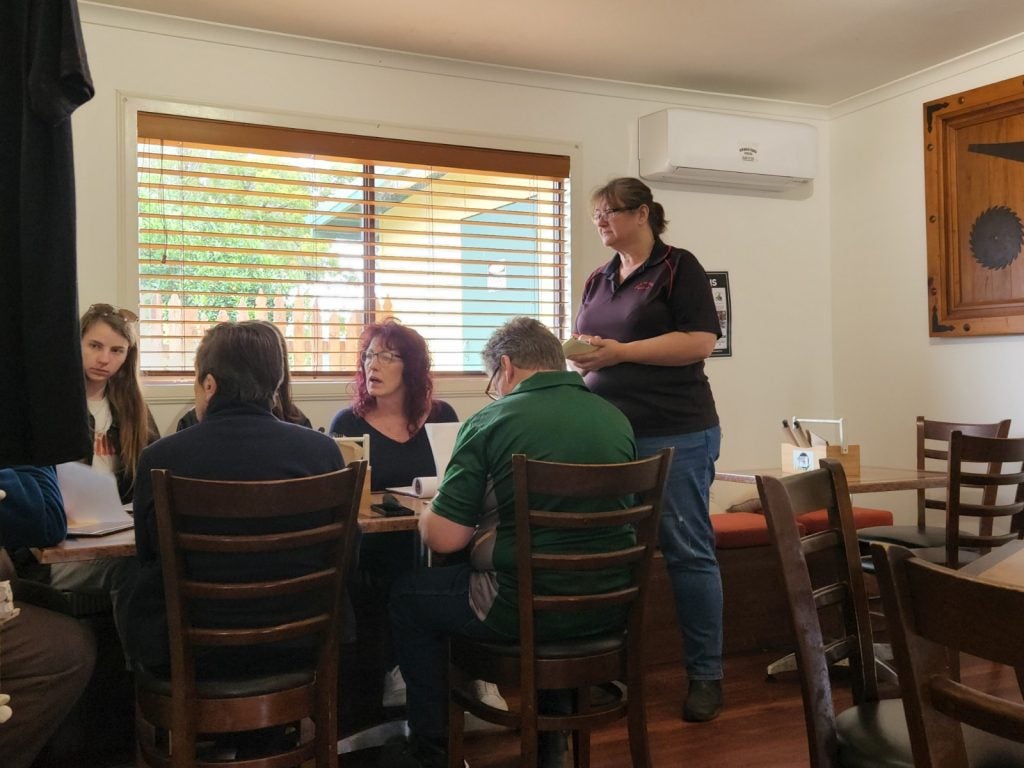
Australia reopened its borders for fully-vaccinated, international tourists in February 2022. By July, the requirement people entering the country needed to provide evidence of vaccination status was terminated.
By July in Nana Glen, life had returned to a normal more like what it had prior to the bushfires of 2019 and the pandemic of 2020 and beyond.
Johnson is in the cafe, greeting customers and working with staff, open for breakfast and lunch five days a week. She just announced the cafe will begin serving dinner on Aug. 26.
She also organized a “Community Coffee” every Thursday at 10:30 a.m. It is a way for people to get together to meet old friends, make new friends and talk about any concerns they have in Nana Glen and the surrounding areas.
The road to recovery after the fires was paved by Community Recovery Officers, positions were funded through local council.
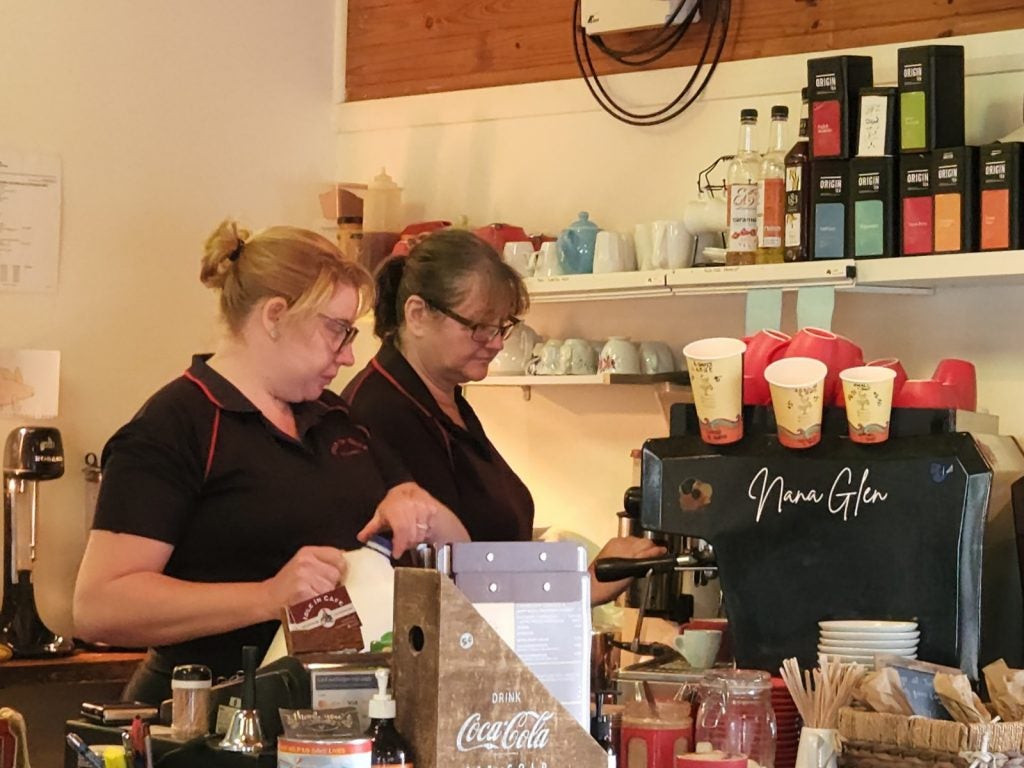
“Melinda Brooks and Ottilie Bicks-Simpson have organized some great events for the people of Nana Glen,” said Belinda Cameron of the Nana Glen Community Newsletter. “As well as practical workshops and assistance with grants, they have organized some fun activities including mosaic workshops, a bonfire night and a touring musical duo performing for us. We’ve really appreciated these opportunities to reconnect with each other, have a laugh and enjoy some novel entertainment in our little community.”
There are also tangible signs of recovery in Nana Glen. One of them is based on the name of the village, a two-tailed lizard. The Orara River and Bucca Creek meet in Nana Glen, resembling two tails where they fork.
Outside the Idle In Cafe sits Nana Two Tails, a wooden sculpture created by Ian Watson.

“I was commissioned to do. I’ve been a long established artist, 40 years,” he said. “And then, about six months after the fire, my son was working on a property. The farmer heard the story and he says, ‘I’ve got a stump, bit of a head, down on the river. I’ll give it so come up and get it.’ So I did. Eight months, every time I shifted it, there was a new profile. But it was all about whittling it down and making choices. I spent so much time, and it was heartache and heartbreak. And then tears of joy.”
MORE: Adventures Down Under: Raging fires
Also new is a children’s playground with slides, an infant swing, shade sails and a picnic area. It was built with a $205,000 investment from the government. It is at the Len Towells Oval, near the primary school.
“It’s been really well used,” said Johnson. “The playground has been a godsend. There’s a lot of young kids out here and so we’re very, very happy to have it.”
Much of the Coffs Coast area, including Nana Glen, Glenreagh, Coramba and Coffs Harbour, is built on Gumbaynggirr land, the indigenous tribe native to that area in eastern New South Wales.
There is an organization dedicated to preserving the legacy of the tribe. We will take a look at the impact the fires and then COVID-19 had on that non-profit organization and how they are building for their future.
Dana Lynn McIntyre is a general assignment reporter for The Augusta Press. Reach her at dana@theaugustapress.com

